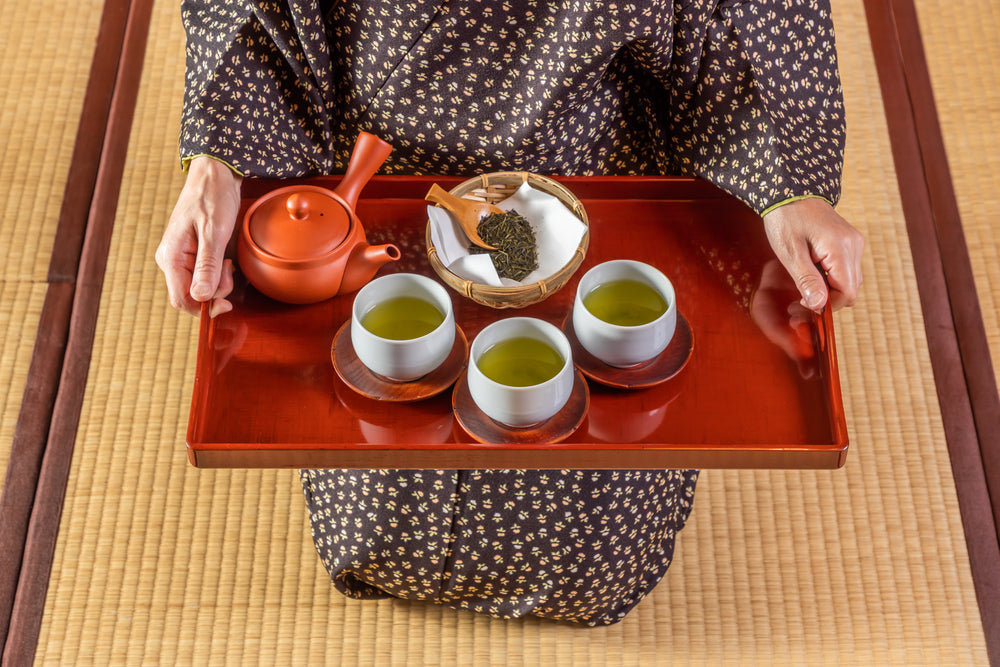I received my Organic Ceremonial Matcha Powder just days after i placed my order. The tea is beautiful silky smooth and a most enjoyable health beverage. With so many options on the market, I believe i am getting an authentic quality
product from Kenko tea.
Sincerest thanks to Kenko for proving this amazing product with genuine service
I wouldnt go anywhere else for this product
Carol.
Amazing taste. I always look forward to my afternoon matcha everyday! Thank you Kenko Tea!
This is the best home matcha I have found. Tastes delicious, no bitter aftertaste or strange flavour additions. I have it every morning instead of coffee and I'm still not sick of it. Whisks well and no clumps.








